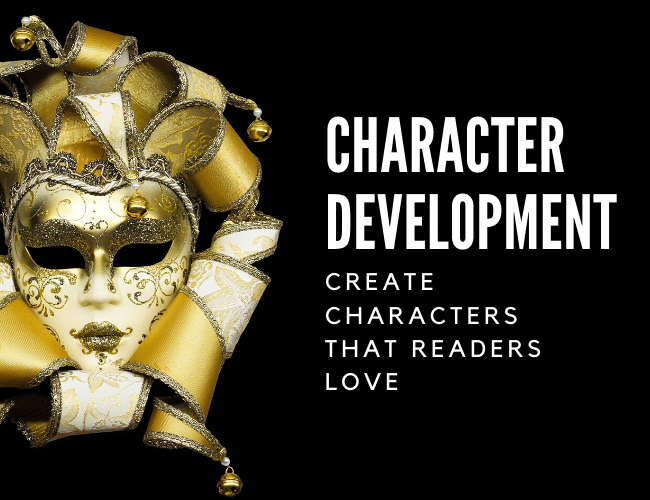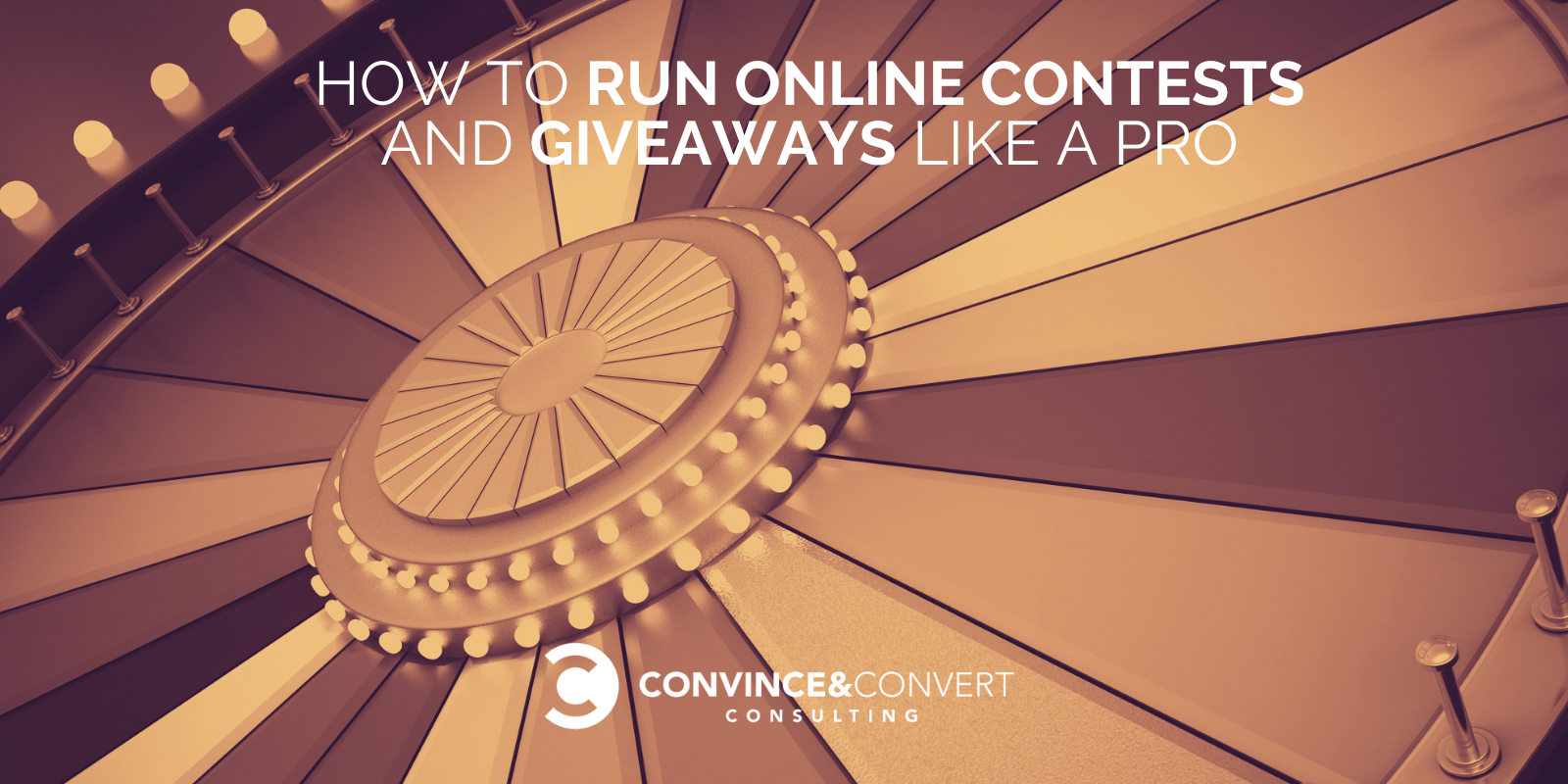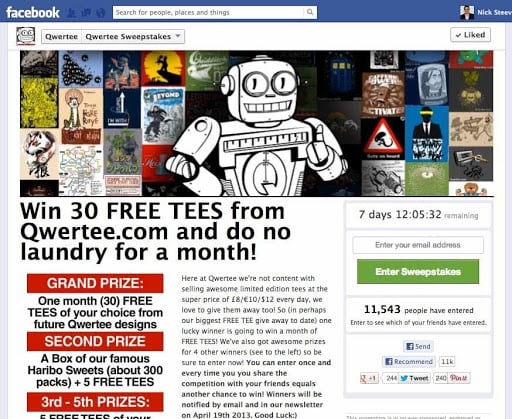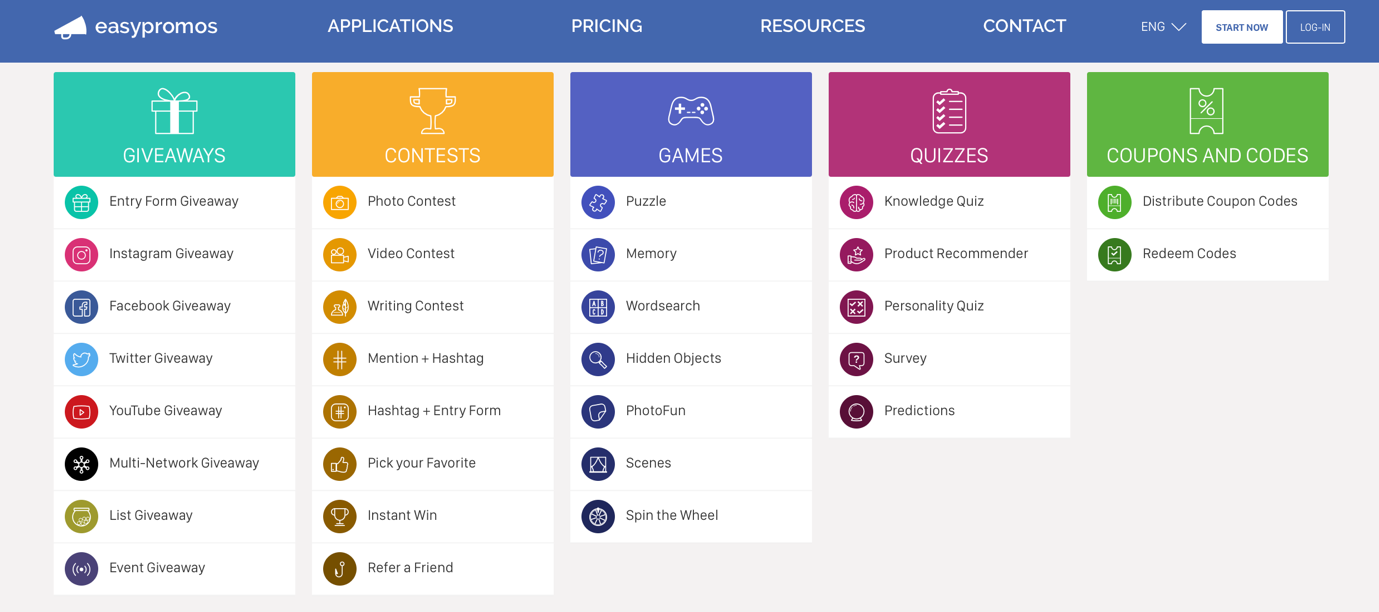http://feedproxy.google.com/~r/TheWritePractice/~3/UwTLV8VtUyA/
Readers love great characters. Think back to your favorite stories of all time. You might remember the story points, or you might not. You might remember the best bits of dialogue, or you might not. You might remember the setting descriptions, but let’s be honest, you probably don’t.

But the characters? You’ll remember the characters for the rest of your life.
How do you do that? How do you create great characters? The short answer is character development, but what is character development and how can you use it to create characters readers love?
That’s what we’re going to talk about in this article.
Ready to get started with this characterization lesson? Let’s do it.
What Is Character Development?
Character development is the process of creating a character and then throwing them into a story so that they evolve and display their full personality.
Note that one of the first things I mentioned above is to throw your character into the story.
Some writers spend months or years building a character, figuring out their every personality trait, filling out long surveys about their favorite foods and what kinds of clothes they love to wear.
They spend so much time on characterization, they never write their book! And if they try, they can’t figure out why their character doesn’t feel like the ones in their favorite novels.
That kind of characterization is fun, but it can easily veer into navel-gazing.
Instead, put your characters to the test.
The best form of character development is the following:
Five Steps of Character Development
- Give your character a goal.
- Make it hard for them to achieve that goal.
- Set up a difficult choice, a dilemma, for your character.
- Have your character choose.
- Show how your character’s life is different after the choice.
Interestingly enough, those are the same five building blocks of a story.
Below, we’ll talk more about how to accomplish each of those things, but for now, just remember this:
//platform.twitter.com/widgets.js
“
To create and develop a character, put them into a story that tests their character and see how they respond.
Create a Character Sketch
One of the best tools for character development is a character sketch, or character profile. This is where you record details about a character to better understand them.
I’ll summarize the process below, but for a full guide, you can read about how to create a character sketch using Scrivener, one of our favorite writing tools, here. (By the way, if you haven’t heard of it, here’s a review about whether Scrivener might be for you.)
You can mix and match elements to create your own character sketch template, but here’s what a character sketch might contain:
- Character name
- Photo (I just find something on Google image search to serve as a likeness)
- Character type (see 8 types below)
- One sentence summary
- One paragraph description (including a physical description, occupation, flaws, good attributes, and mannerisms)
- Goals (what do they want)
- Conflicts (what keeps them from getting what they want)
- Narrative (what do they do in the story)
Remember, the best way to do character development is to throw characters into a story. Don’t sketch characters for their own sake, but to find where they fit into the story.
8 Types of Characters
This is obvious, but most stories contain many types of characters, not just one. Below, I’ve listed the eight types of characters.
When you’re creating your character sketches, write what type of character they are beside their sketch.
- The Protagonist. The protagonist is the character at the center of the plot whose choices drive the story and whose fate determine the story’s outcome.
- Point of View Characters. Some stories have multiple central characters, e.g. Game of Thrones. The term for a central character when there are multiple ones is a Point of View character. These characters carry the narrative, and in a story told in third person limited point of view they will be the only character whose thoughts and emotions the reader can see.
- The Villain. Not every story has a villain, but for the ones that do, the villain is the chief source of conflict. Also known as the antagonist.
- The Mentor. The mentor is a character who steers the protagonist, helps get them out of trouble, and provides chances for reflection. A mainstay of the hero’s journey plot structure, in many types of stories, without a good mentor, the character’s journey will end in tragedy (e.g. think about Hamlet, who had no mentor).
- The Sidekick. A sidekick is a character who supports the protagonist. Besides the protagonist and villain, they have the most opportunity for characterization, and provide dialogue opportunities and an insight into the character’s mindset. Sidekicks appear in all genres, from romance (e.g. Mercutio from Romeo and Juliet) to adventure (e.g. Samwise Gamgee from Lord of the Rings) to mystery (e.g. Inspector Beauvoir from the Inspector Gamache series) and more.
- Side Characters. Side characters often have fully developed personalities, long interactions with the protagonist, and perhaps even deep backstories. However, they rarely make decisions or change throughout the story.
- The Chorus. A term from playwriting, these side characters may have names and vague descriptions, but they do not have fully developed personalities and are chiefly there to serve as bystanders.
- Suspects. Specific to mysteries and thrillers, suspects have fully developed personalities and they serve as objects of exploration for the investigator. They should all have motives and appear at least somewhat guilty of the crime, if only to serve as red herrings.
For more on each of these character types, check out our guide, 6 Character Types Your Protagonist Needs Around Them.
What Makes a Good Character
On my podcast, Character Test, my cohost and I have found that there are four criteria that you can use to evaluate a character, to test and see whether a character is good or not.
Here, I’m not talking about whether they are morally good, but whether they are interesting, relatable, entertaining, and worth following. In other words, this is about figuring out will readers love them.
Also, this is what makes a good character. If you want to know how to make a good character, scroll down to the Character Development Steps section.
1. Good Characters Have Goals
Good stories are about characters who want something and experience challenges to get what they want.
Desire is central to good stories, good characters, and to the human condition itself. Good characters have deeply held desires and are willing to make sacrifices to achieve those desires.
That being said, those desires don’t have to start out as anything big.
As Kurt Vonnegut said, “Make your characters want something right away even if it’s only a glass of water. Characters paralyzed by the meaninglessness of modern life still have to drink water from time to time.”
//platform.twitter.com/widgets.js
“
“Make your characters want something right away even if it’s only a glass of water. Characters paralyzed by the meaninglessness of modern life still have to drink water from time to time.” —Kurt Vonnegut
2. Good Characters Face Challenges to Their Goals
As nice as it would be for your character to get everything they wanted without having to do any work, it would make for a very boring story!
I like what bestselling author Kristina McMorris told me: “I only give my characters a happy ending if they’ve worked really hard for it.” Kristina’s novel Sold on a Monday was on the New York Times bestsellers list for twenty straight weeks, so she knows what she’s talking about!
3. Good Characters Make Decisions
Good characters take control of their own fate. They take action. They make choices, and they suffer the good or bad consequences of those choices.
Bad characters let life happen to them. Bad characters allow others to make choices for them. They never take action in their own lives, and it’s their lack of decision-making ability that makes them boring.
//platform.twitter.com/widgets.js
“
Bad characters let life happen to them. It is their inability to make choices that makes them boring.
4. Good Characters Are Epathizable
I made this word up but I think it’s going to stick!
Editorial note from Alice: Stop trying to make “empathizable” happen, Joe. It’s not going to happen.
You can empathize with good characters. Even if they are villains (especially if they’re villains), you can understand where they’re coming from, and maybe even relate.
Good characters, in other words, are human.
Bad characters are so foreign or perfect or evil that you can’t relate to where they’re coming from.
Bonus: Good Characters Change
Many will argue with this, but not all good characters change. In fact, you can tell a great story where the protagonist doesn’t change.
Take James Bond. In a few novels and films he changes (e.g. Casino Royale) but in most, James stays the same stoic, cocky person he started out as. And the novels are still great!
Or Inspector Gamache, my favorite detective from the series by Louise Penny. Inspector Gamache starts out as the perfect gentleman, thoughtful leader, and unerring investigator and ends each novel the same way. There are a few individual books where he goes through deep inner turmoil, but even then he re-emerges the same, amazing person, just a little bit stronger and surer in his ways.
There are many great stories where the character changes. It’s especially a hallmark of the hero’s journey (which is itself a form of character development). But it’s not always a requirement of a good character.
Character Development Steps
Now that we’ve talked about what makes a good character, how do you actually develop a character readers love? The answer is that you lead them through a good story.
You might think that you, the author, creates a good character. And to some extent that’s true. But the story tests the character, forces them to reveal the deepest, darkest, best, and most intimate aspects of their character.
Without a great story there would be no reason to get to know your characters.
Even more, from a writing perspective, it’s the storytelling process where we first discover who these characters we’ve made are. It’s by putting them through conflict, giving them difficult choices, and seeing how they solve those problems that we see what our characters are actually made of.
That means you can’t start this process soon enough.
Instead of spending all your time dreaming up individual traits of your characters, throw them into the story and see what happens. That is how you will get to know them.
One quick note: I’m indebted to Shawn Coyne and Story Grid for much of my thinking of each of these five steps. To learn more, visit Shawn’s guide, Storytelling’s Five Commandments.
1. Desire. Find something your character wants right away.
What are your character’s goals? What does he or she want?
There are two types of desires: felt needs and deep-seated desires.
If you’re like most people your character will want many things. At the same time, they probably want one or two things that are deeply held, maybe even subconscious.
For example, a character might say she wants an outfit so she can be cool. That would be an example of a felt need. But in reality, whether she’s willing to admit it to anyone or not, she might want a family, since her parents were killed in a car crash. That’s a deep-seated desire.
Often a scene, chapter, or even book will begin with a felt need, but then center on the deep-seated desire in the middle and climax of the story.
In my memoir, Crowdsourcing Paris, I began with a felt need to go to Paris, but the book centers on my deep-seated desire for authenticity and self-acceptance.
What does your character want?
2. Conflict. Make it hard for them to get what they want.
The established storytelling advice is appropriate here: “In the first act, put your character up a tree. In the second act, throw rocks at them; in the third act, bring them down.”
To take the analogy further, it’s their desires and goals that put the character up a tree. It’s the conflict you create, perhaps through an antagonist, that functions as the rocks.
What obstacles do you need to put in front of your character to keep them from getting what they want?
And what lengths is your character willing to go to get what they want?
These challenges build and build until finally, the character has to do something. They have to choose.
3. Dilemma. Setup a difficult choice, a dilemma, for your character.
Choice is the heart of character development. THIS is the real test of our character, and the moment where we see their true self.
Shawn Coyne says there should be a crisis, or a dilemma, in every scene. That’s a lot of choices for your character! But it’s brilliant, because their dilemma is both what drives the drama of the story as a whole and also what
The choice must be difficult. This isn’t a choice between whether your character wants pizza or hamburgers for dinner.
Instead, the dilemma is between two very good things—for example, love or money—or two very bad things—would you rather be struck blind and never get to see the love of your life again, or have the love of your life maimed before your eyes.
In Crowdsourcing Paris, I faced the difficult choice between whether to do a series of very embarrassing, uncomfortable, and, in the end, life-threatening adventures; or give back the $4,300 my audience had given me to complete the adventures and not go to Paris. Tough choice!
How can you give your characters a major dilemma?
If you want to know more, read about the all-important literary crisis moment here.
4. Choice. Have your character make the choice.
The climax of every scene, act, and book as a whole is when the character who has been faced with a dilemma finally makes the choice and takes action.
Yes, that’s right. Your character has to take action.
A character who passively allows situations to carry him or her through the chaos of life doesn’t make for a good character.
No, your character must choose and take action on that choice.
This is where your character shows who he or she is, which also means this is the best example of show don’t tell.
5. Change. How is the character’s life different now?
Now that your character has made a choice, how is their life different? What has changed? Are things better? Or are things worse?
Resolve the tension you’ve built and show the change.
Those are the five steps of character development. Note that if an average novel is fifty to seventy scenes, that gives you a lot of opportunities to develop your character!
However, that’s also the point, because character isn’t revealed all at once, but slowly, challenge after challenge, choice after choice.
Character Development Tips and Tricks
The five character development steps above show you how to reveal your character through story, but over the centuries, writers have figured out a few shortcuts to help us create even better characters.
Here are a few character development tips and tricks. Check back for more as we update this list!
1. Flaws
Every good character is broken in some way. Why? Because every person is broken in some way, and it’s our flaws that make us human and relatable (maybe even empathizable!).
As the saying goes, “Success builds walls. Failure builds bridges.”
What is wrong with your character? It might be deep-seated, like inherent selfishness (e.g. Han Solo), or it might be something simple, like they can’t help but spill food on themselves (e.g. Clara from Inspector Gamache).
2. Orphans
There are ten times more orphans per capita in literature than in the real world.
I made that statistic up, but think about it:
- Luke from Star Wars
- Harry Potter
- Frodo from Lord of the Rings
- Pip from Great Expectations (or pretty much every Charles Dickens hero)
- Jane Eyre
- Every superhero ever (Spiderman, Batman, Superman, Supergirl, all of them)
- Kvothe from The Name of the Wind
- At least half of all Disney characters (Bambi, Aladdin, Frozen, Sleeping Beauty, Cinderella)
- Anne of Green Gables
- Any Roald Dahl protagonist
- Daenerys Targaryen and Jon Snow (and pretty much every other character in Game of Thrones eventually)
Every one of these characters is an orphan. If you expand it to losing one parent, the list goes on even further.
//platform.twitter.com/widgets.js
“
In literature, orphans are gold.
Why do writers love orphans? For two reasons, I think: because they’re immediately empathizable and because they are the masters of their own fate (see step four above!).
3. Highlight Strong Appearance Traits
Whether it’s a very long nose (Pinnochio) or vast physical strength (Jean Valjean from Les Miserables), we often remember characters by one specific trait that they have.
When you’re describing your characters, don’t describe every aspect of their appearance. Choose one or two physical traits that are especially striking and focus on them. Your reader will fill in the rest with their imaginations.
4. Voice
Good characters have their own unique voice, their own unique way of talking.
Perhaps they speak with a Long Island accent with lots of slang, or maybe they insert profanity every other word. Whatever it is, find a few verbal ticks that your character has. Even better, keep track of them on your character sketch so you don’t forget!
Note: this is often one of the hardest parts of character building. George R.R. Martin talks about how he has to write several chapters from each of his point of view characters’ perspective before switching to a new character because it’s so difficult to transition into a different character’s voice.
5. Your Character’s Fate Is Often Determined by Their Mentor
For your protagonist, the mentor figure is often the most important character. In fact, the presence or lack of a mentor often determines their fate. A hero with a good mentor will often succeed, whereas a hero without a mentor or with a corrupt mentor will fail.
Choose your mentor carefully!
Character Development Writing Exercise
Now that you know everything about developing characters, let’s put your new knowledge to practice! Use the creative writing exercise below to practice developing a strong character.
And if you’re to create a character sketch for your novel, check out our guide on how to create a character sketch with Scrivener.
Good luck and happy writing!
What is your favorite characterization tip above? Are there any I missed? Let me know in the comments.
PRACTICE
Let’s put your character development to use with this creative writing prompt:
- Choose one of the character types above and spend five minutes sketching out their character using the character sketch template above (Character Name, type, one-sentence summary, goals, conflicts).
- After your five minutes are up, write about your new character as he or she goes through a scene using the five character development steps: desire, conflict, dilemma, choice, and change. Write for ten minutes.
When your time is up, post your practice in the comments section. And if you post, be sure to give feedback to at least three other writers.
Happy writing!
The post Character Development: Create Characters That Readers Love appeared first on The Write Practice.







